Apr06
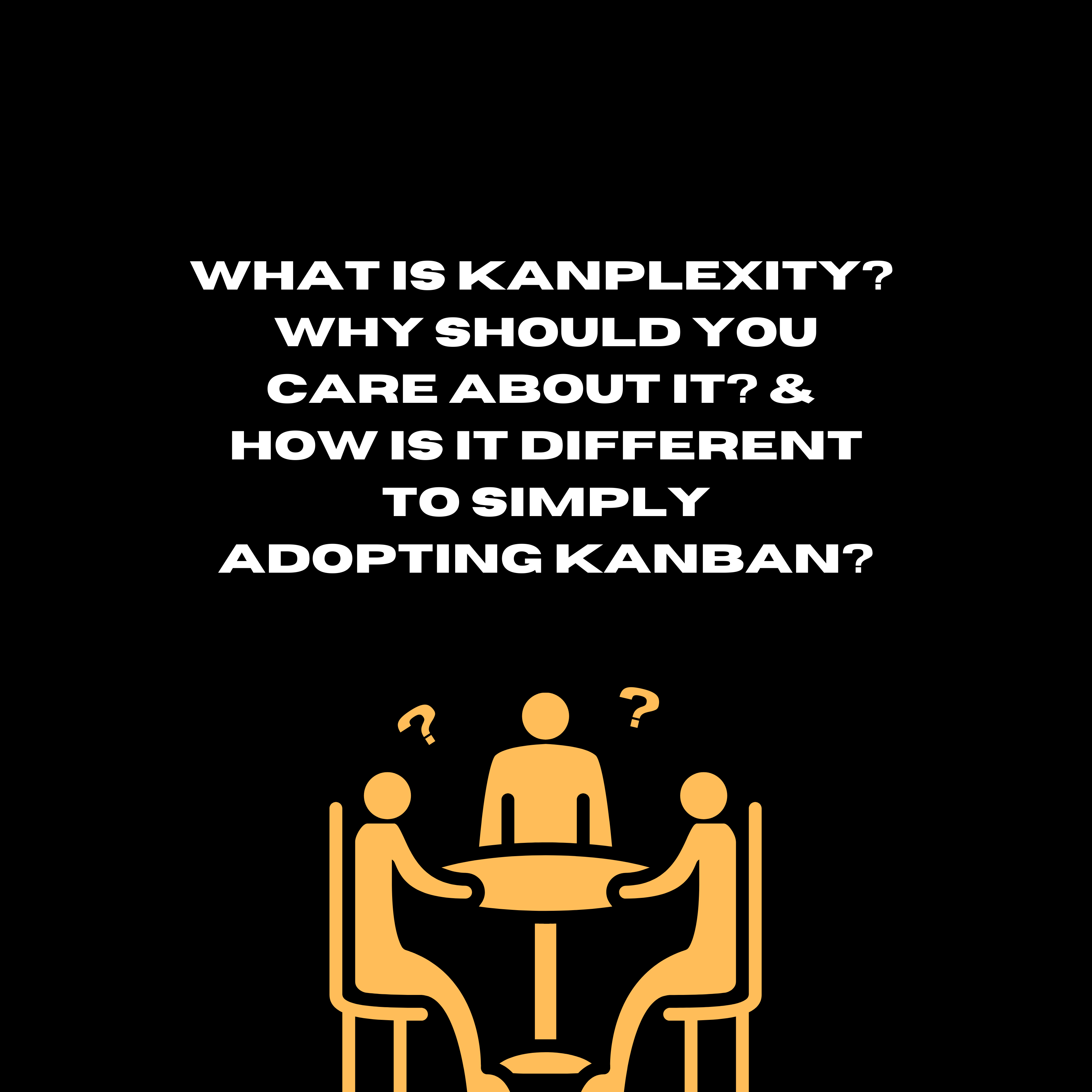
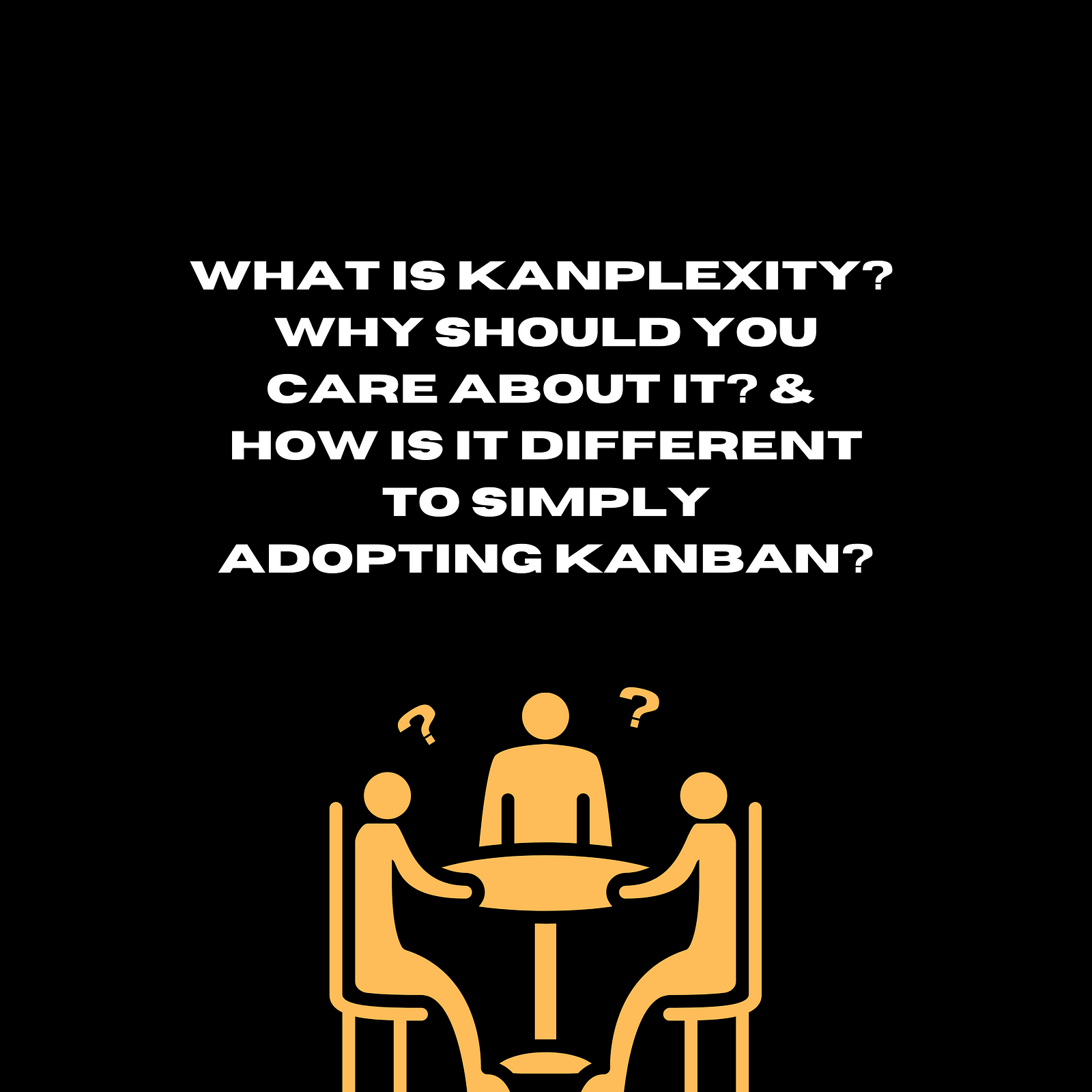
Kanban is a strategy to optimize the flow of value through a visual pull- based system.

There are three practices:
I wrote a blog post providing more detail on what is a cycle time. Check it out here.
I wrote a blog post on this, lot of signals about what’s going on. Check it out here.

What Kanban is missing is a compass.

Cynefin, the sensemaking framework, from Cynefin.io is a wonderful compass to help you to understand what might be the right approach and the right leadership stance in a given situation.
Do we need to just get the experts together because they know what they’re doing, and let them solve it out?
OR
Do we need a large group facilitation in the complex space? Do we need an experimental loop? Do we need someone to turn into a dictator in negative chaos? Do we just trust the team to just crack on with it and we focus on doing lots of automation between the complicated and the clear space?
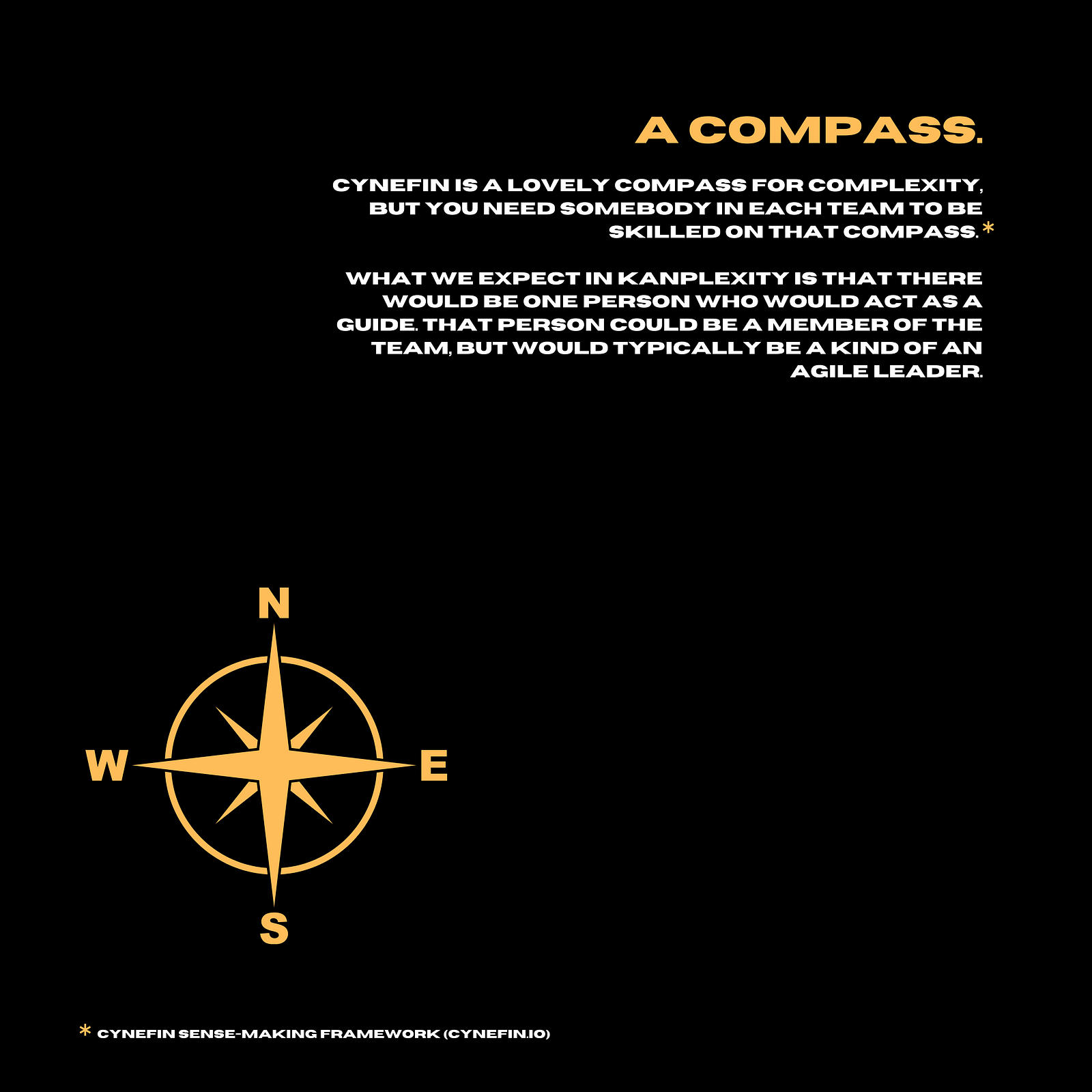
Cynefin is a lovely compass for complexity, but you need somebody in each team to be skilled on that compass.
What we expect in Kanplexity is that there would be one person who would act as a guide. That person could be a member of the team, but would typically be a kind of an agile leader.
This is someone who is acting, behaving in an agile way, acting as a backstage leader at times, sometimes leading from the front, but they’re able to read that compass and they know what we should be doing next.
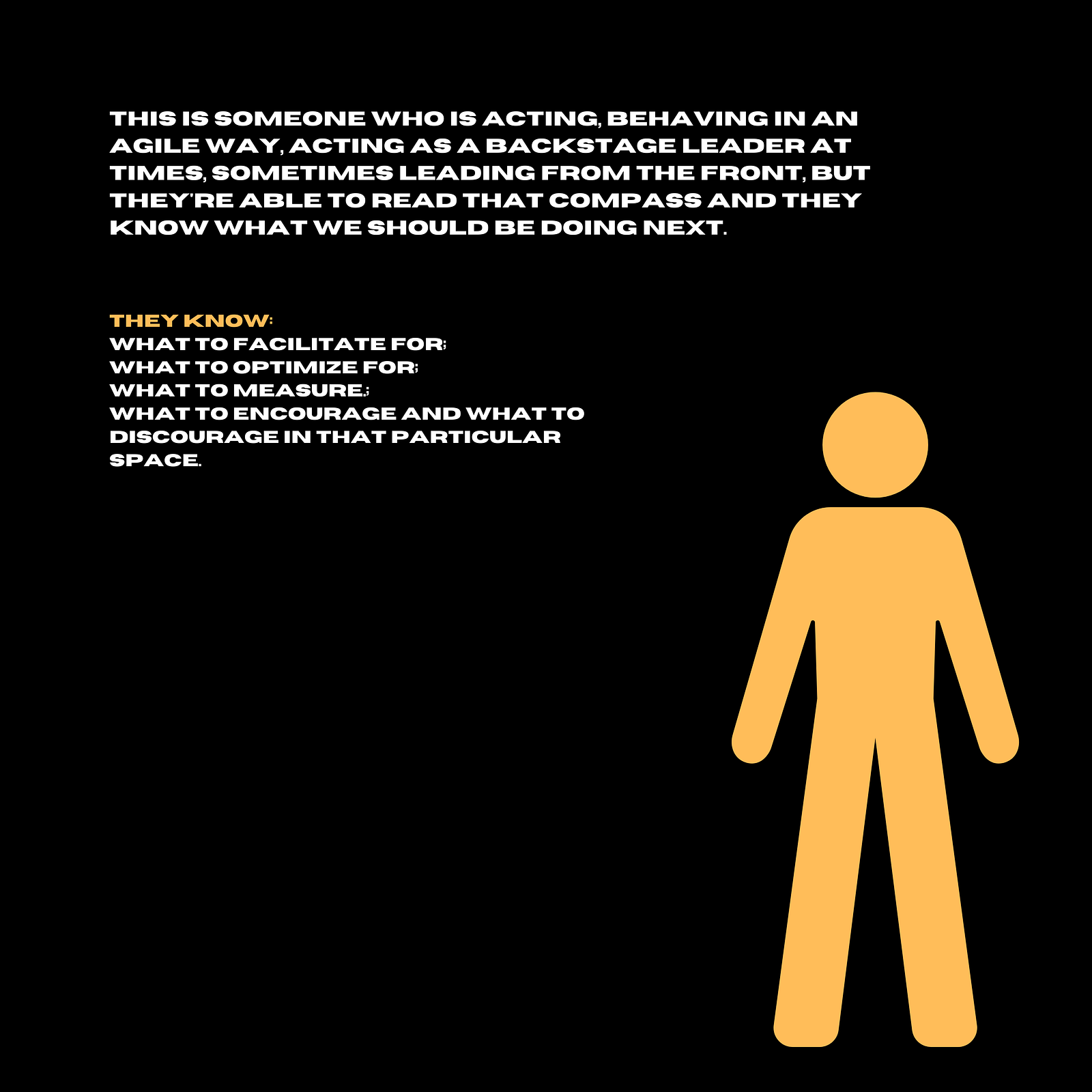
They know:
In addition to that, in my opinion Kanplexity gives very clear guidance on what we expect of a guide apart from complexity.
So a leader needs to cultivate an environment where agility can grow.
You can have all the Kanban teams in the world, all the scrum teams in the world trying to knock themselves out, doing wonderful Kanban, Scrum, trying to make sense of what’s going on and deal with the complexity that’s in front of them.
…but if we don’t have an environment where that agility can grow, we’re going to struggle.

Kanplexity adds a compass of Cynefin.
Someone who can read that compass, but also someone who acts and behaves in a really agile way so that teams can be really successful instead of having artificial accountabilities where we delegate change to those particular accountabilities.
We already have leaders, we already have managers. Let’s use them to do good things and cultivate that environment where agility can really grow and where the organization together, not just individual teams, but across teams of teams, help the organization to really grow.
On that point, Kanplexity, not only has a place for management, but it also has a place for multiple teams and has very clear guidance and how multiple teams can work together and avoid, consider, try favor type format in terms of what you should look at, maybe what you should not look at.
Further it shows some love towards project management because project managers get a hard time in the scrum world and some project managers are really good. A lot of project managers such as at Amazon are doing quite well and actually have a very agile mindset.
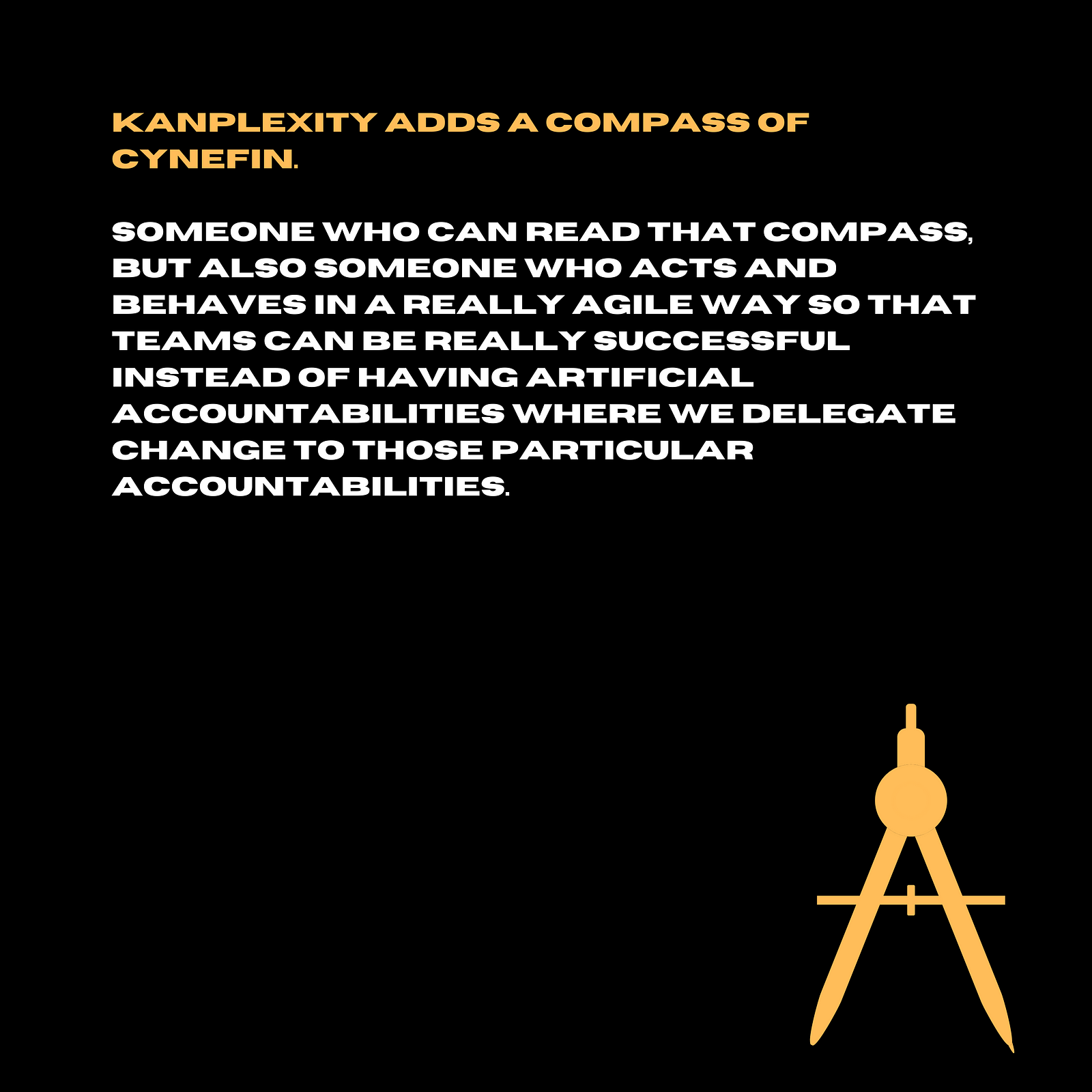
Kanplexity has a home for people who are willing to behave in a very agile way, but still have projects in front of them.
That’s how Kanplexity has clear water from Kanban.
Thank you.
By John Coleman
Keywords: Agile, Business Strategy, Change Management
 Friday’s Change Reflection Quote - Leadership of Change -Leaders Enable Peaceful Dispute Resolution
Friday’s Change Reflection Quote - Leadership of Change -Leaders Enable Peaceful Dispute Resolution The Corix Partners Friday Reading List - April 18, 2025
The Corix Partners Friday Reading List - April 18, 2025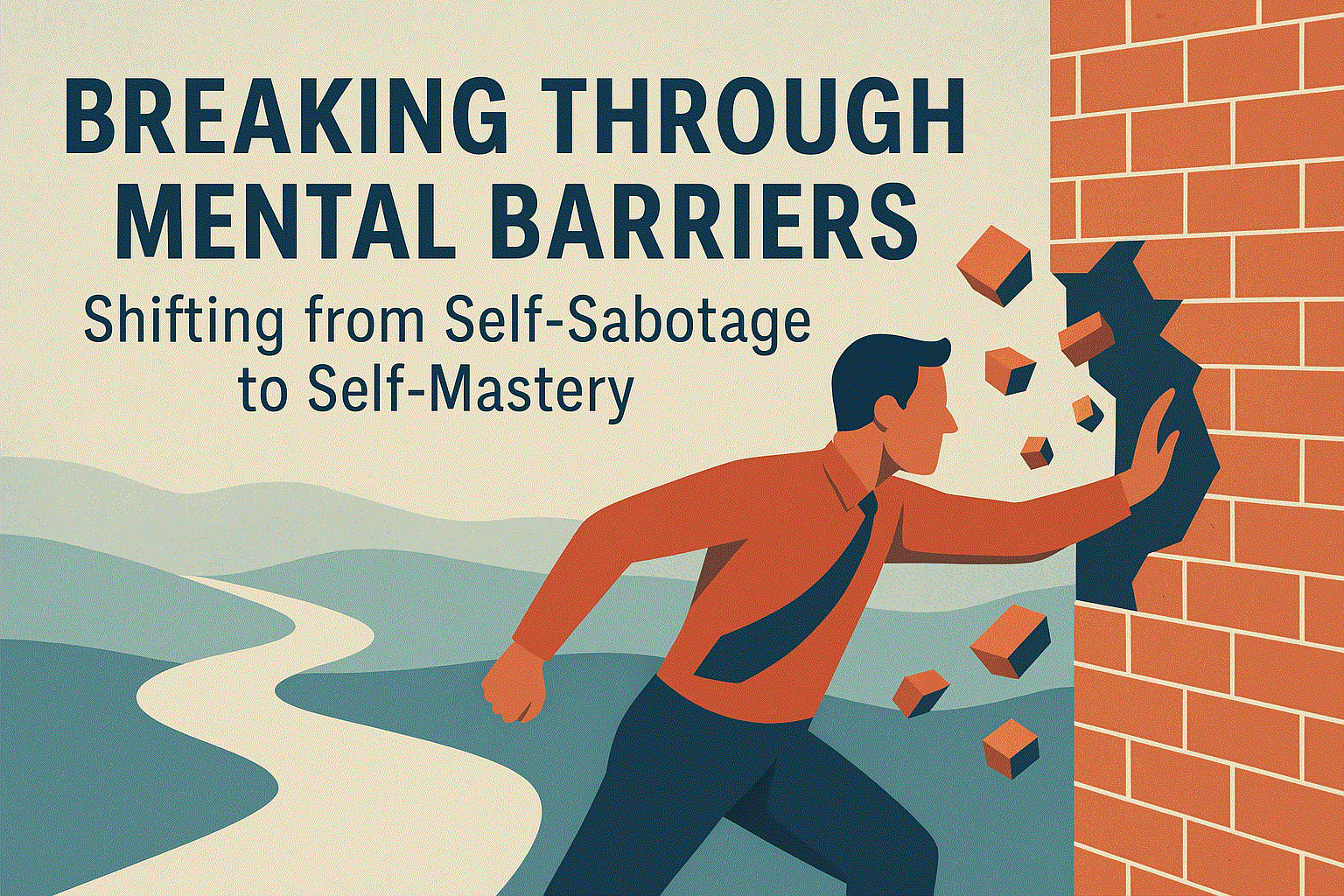 Breaking Through Mental Barriers: Shifting from Self-Sabotage to Self-Mastery
Breaking Through Mental Barriers: Shifting from Self-Sabotage to Self-Mastery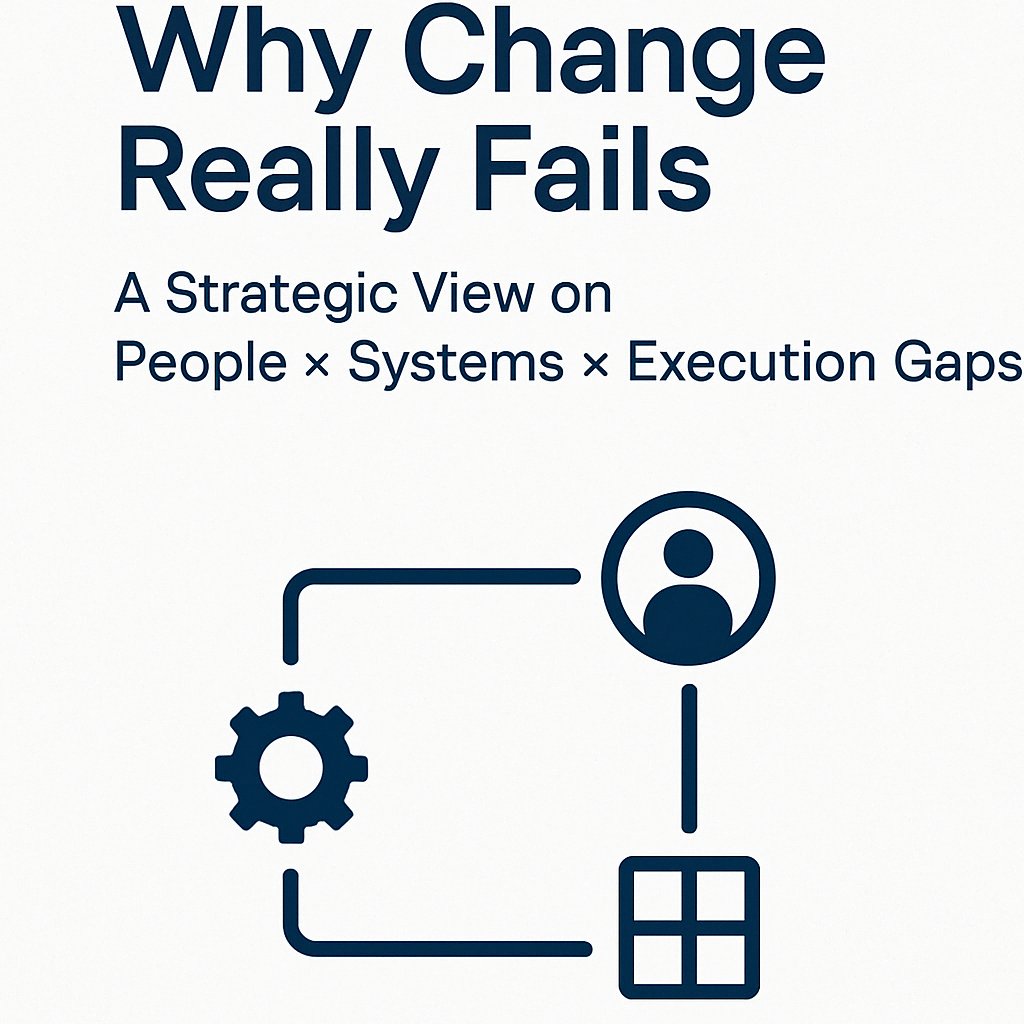 Why Change Really Fails: A Strategic View on People × Systems × Execution Gaps
Why Change Really Fails: A Strategic View on People × Systems × Execution Gaps Beyond the Buzz: What It Really Takes to Build a Business Ecosystem
Beyond the Buzz: What It Really Takes to Build a Business Ecosystem